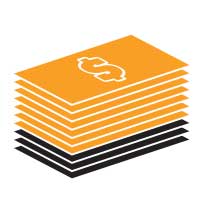American families with children on the autism spectrum face higher levels of poverty, material hardship and medical expenses compared to households of children with other special health care needs, according to a May report released by the A.J. Drexel Autism Institute.
“I have talked with countless families of children with autism over the past 20 years who are struggling with the dual challenge of parenting a child with special needs and covering the basic needs of the entire family,” says Paul Shattuck, formerly the director of the Autism Institute’s Life Course Outcomes Program and co-author of the report
Paul Shattuck Says:
“Our hope for this Indicators Report is that it will raise awareness and spark discussion about the ways in which families are struggling and need our collective societal support.” -Paul Shattuck
 |
Over half of children with autism live in low-income households (below 200 percent of the poverty level). |
 |
30 percent live in very low-income households (below 100 percent of the poverty level). |
 |
Roughly 15 percent had difficulty affording food for the family. |
 |
Almost one-third had to reduce work to care for their child with autism. |
 |
About one in five families had problems paying for their child’s health care. |
 |
Nearly half reported difficulty paying for basics like food or housing. |
 |
More than two-thirds of low-income households of children with ASD reported that someone in their family received governmental cash assistance. |

Paul Shattuck, co-author of the Autism Institute’s “Indicators Report.”


